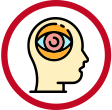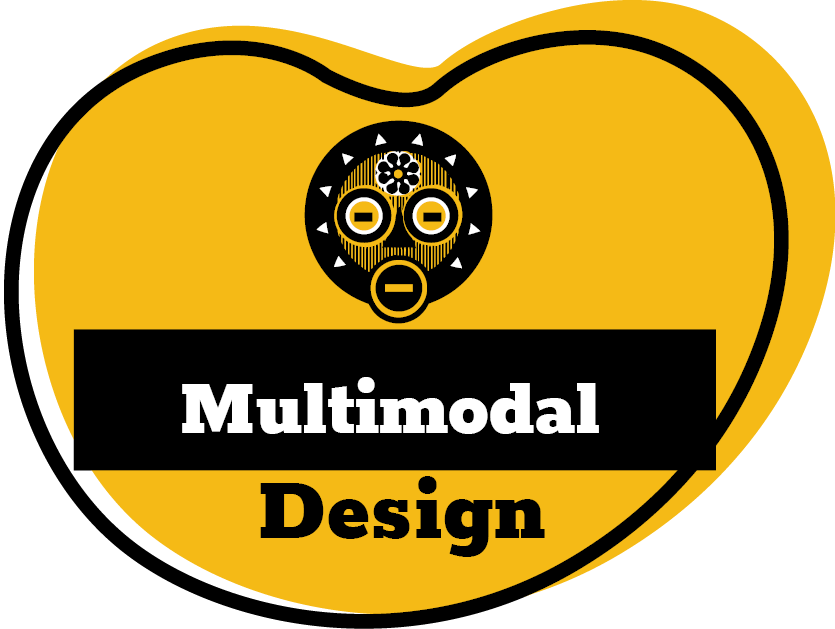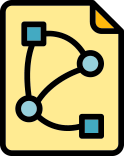
This microcredential prepares educators to incorporate more complex pedagogical designs for equity and inclusion.
Professional Development Modules
Description
Critical practices for multimodalities offer pedagogical strategies for realizing interdisciplinary academic objectives related to critical consciousness and digital composition. Indeed, the module is theoretically informed by Culturally Responsive Pedagogy and Universal Design for Learning to humanize all students.
Educators must construct a plan for incorporating more complex stories when defining others into your everyday teaching practices to support equity and inclusion.
Essential Question
In what ways do “single stories” impact our own identities, and determine how we socially construct narratives around others?
Outcomes
- Synthesize that that it is common human behavior to group people we encounter across difference into categories, however, sometimes these categories become “”single stories”” that provide an incomplete and simplistic understanding of the identities of others.
- Develop a working definition of “”otherness”” and recognize how single stories cal to lead to rendering others invisible.
- Assess the use of the “”multiple stories”” in a teaching situation.
Trajectory

Actualized
Focuses on the concrete and material situations by incorporating advocacy and action as an outcome. Recognizes and affirms the assets of cultural beings, and approaches teaching and learning as a historical and intersectional activity. May experience major discomfort and strives to work with productive tensions.
Throughlines
Standards

Social Justice
Identity 2 - Students will develop language and historical and cultural knowledge that affirm and accurately describe their membership in multiple identity groups.
Justice 13 - Students will analyze the harmful impact of bias and injustice on the world, historically and today.
Action 17 - Students will recognize their own responsibility to stand up to exclusion, prejudice and injustice.

ISTE NETS
Empowered Learner 1c - Students use technology to seek feedback that informs and improves their practice and to demonstrate their learning in a variety of ways.
Digital Citizen 2a - Students cultivate and manage their digital identity and reputation and are aware of the permanence of their actions in the digital world.



